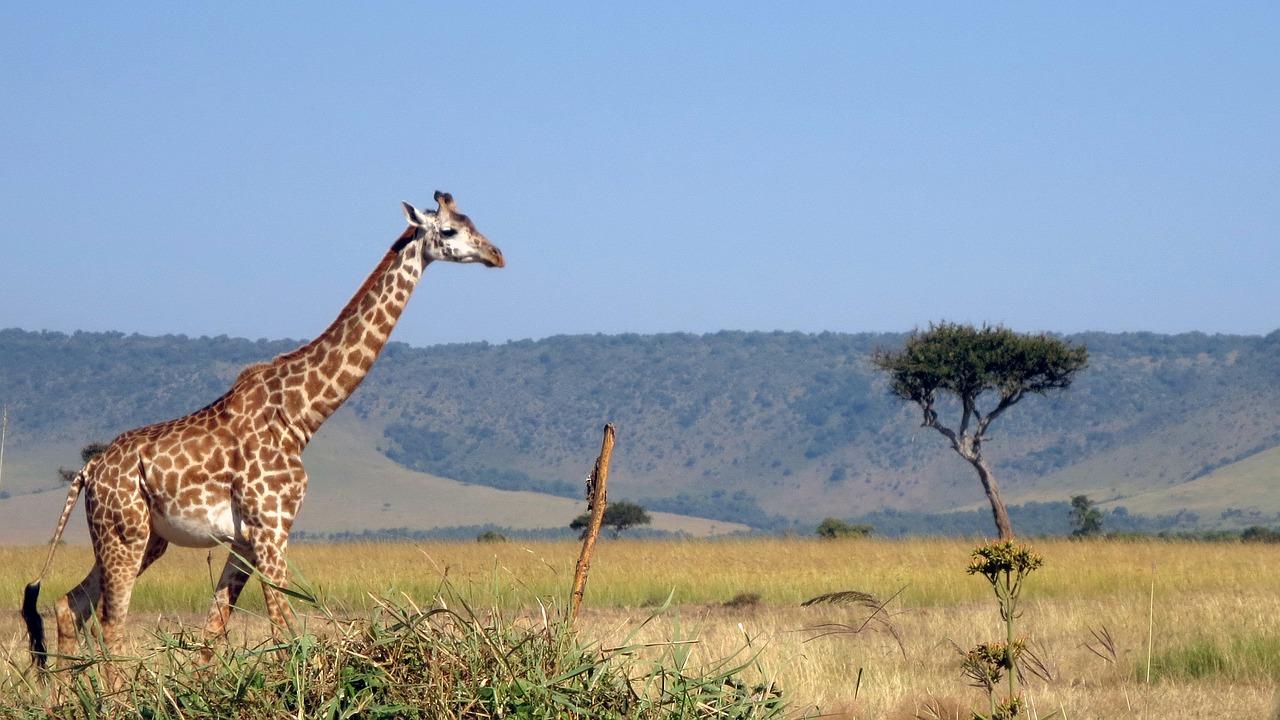
Giraffe, Gemsbok Genome Assemblies Add to Map of Life
Quick Summary
- Two more chromosome-scale genome assemblies have been added to the Earth BioGenome Project
- The new additions include theMasai giraffeand the gemsbok
- The new genome assemblies place the gemsbok closer to sheep than to cattle, while giraffes are more distantly related to both groups
The genomes of wild animals can help us understand how they have adapted to unique situations, give insight into their evolution and help in efforts to protect or restore endangered species. Two examples are recently published chromosome-scale genome assemblies for the Masai giraffe (the largest of four giraffe species) and the gemsbok, an antelope highly adapted to Namibia’s hot, dry Kalahari desert.
A chromosome scale assembly is one in which the underlying DNA sequences are highly complete and span each chromosome, said Harris Lewin, professor of evolution and ecology at UC Davis, who is an author on both papers. Lewin chairs the international Earth BioGenome Project which aims to compile genome information on all species of animals in the world.
The Masai giraffe (Giraffa camelopardalis tippelskirchi) is the world’s tallest animal. While the giraffe’s long neck allows it to reach food other animals cannot, it also poses problems in physiology and anatomy. Having the giraffe’s genome could give insight into how evolution has solved these challenges. It could also help in conservation of giraffes.
Giraffes might be tall, but they have just 15 pairs of chromosomes. The new assembly, estimated at 95 percent complete, maps 21,620 protein coding genes across these chromosomes.
The giraffe genome has been sequenced previously, but the assembled genome was fragmented, making analyses difficult.
Adapted to extreme heat and drought
The gemsbok (Orxy gazella) is a large antelope living in the Kalahari and Karoo deserts of southern Africa, where temperatures vary from 10 degrees C (50 Fahrenheit) in winter to summer highs of 46 C (115 F). While most mammals maintain a constant body temperature, gemsbok can let their body temperature rise by almost 10 degrees Celsius to avoid having to lose water to cool down.
The gemsbok has 28 pairs of chromosomes: the assembled genome, estimated at 94 percent complete, identified 23,125 protein-coding genes.
In evolutionary terms, the new genome assemblies place the gemsbok closer to sheep than to cattle, while giraffes are more distantly related to both groups. Lewin and colleagues recently published the first detailed study of the genomes of ruminant animals (including cattle, sheep, goats, deer, antelope, giraffes, yaks and other animals with multiple-compartmented fermenting stomachs).
The Earth BioGenome Project is also partnering with the new California Conservation Genomics Project, funded by the state of California and led by Bradley Shaffer, distinguished professor of ecology and evolutionary biology at UCLA. By studying the DNA of endangered and threatened animals and plants, the project will provide knowledge to protect species in the face of habitat destruction and climate change.
Media Resources
- An integrated chromosome-scale genome assembly of the Masai giraffe (Giraffa camelopardalis tippelskirchi) (GigaScience)
- A near-chromosome-scale genome assembly of the gemsbok (Oryx gazella): an iconic antelope of the Kalahari desert (GigaScience)
- From Sheep and Cattle to Giraffes, Genome Study Reveals Evolution of Ruminants (UC Davis News)
- UCLA to lead $10 million California conservation project (UCLA News)
- Earth BioGenome Project
- This story originally appeared on the UC Davis Egghead blog
